Jasper National Park, located in the Canadian Rockies, is a UNESCO World Heritage Site and one of the largest national parks in the Canadian Rockies. As Canada’s first national park, it spans over 4,200 square miles, this pristine wilderness is renowned for its rugged mountain peaks, turquoise glacial lakes, and diverse ecosystems. It is a haven for outdoor enthusiasts, offering a wide range of activities such as hiking, wildlife viewing, fishing, and camping. Whether you seek adventure or tranquility, Jasper National Park has something to offer for everyone.
Introduction to Jasper National Park
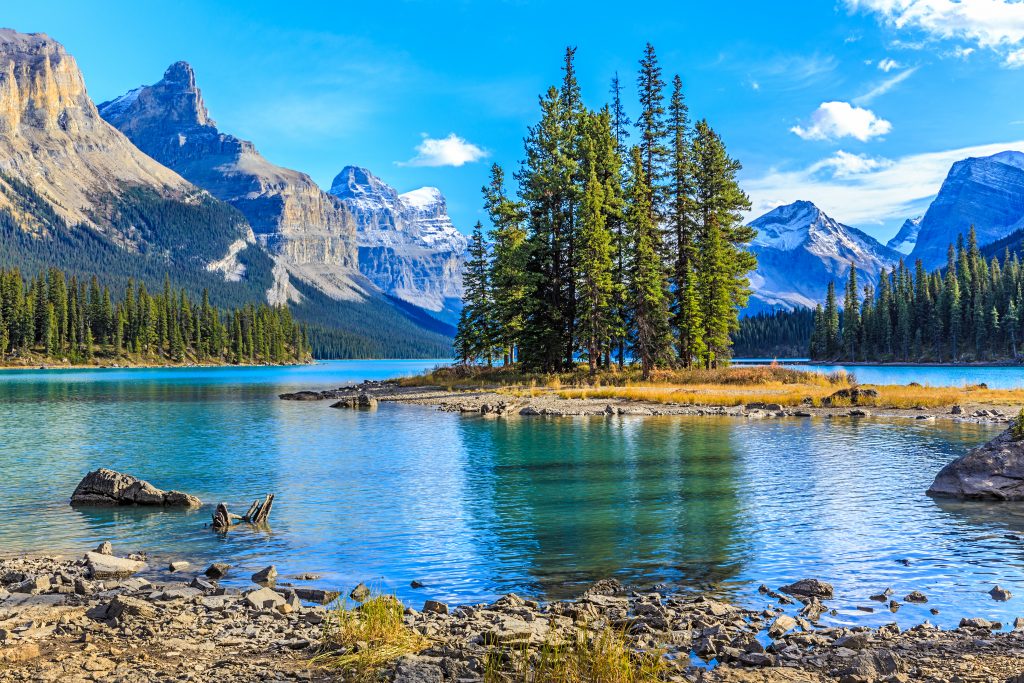
Jasper National Park, established in 1907, is a UNESCO World Heritage Site and one of the largest national parks in the Canadian Rockies. Spanning over 4,200 square miles, this pristine wilderness is renowned for its rugged mountain peaks, turquoise glacial lakes, and diverse ecosystems. It is a haven for outdoor enthusiasts, offering a wide range of activities such as hiking, wildlife viewing, fishing, and camping. Whether you seek adventure or tranquility, Jasper National Park has something to offer for everyone.
History and Conservation Efforts
Jasper National Park has a rich history that dates back thousands of years. The area has been inhabited by Indigenous peoples for centuries, who have a deep connection to the land and its resources. European explorers and fur traders arrived in the 18th century, followed by the construction of the Canadian Pacific Railway in the late 19th century, which played a significant role in the park’s development.
The park was officially established in 1907, making it one of the oldest national parks in Canada. Its primary purpose was to protect the natural and cultural heritage of the region. Today, Parks Canada, the agency responsible for managing national parks in Canada, works tirelessly to preserve and protect the park’s unique ecosystems, wildlife, and cultural sites.
Getting to Jasper National Park
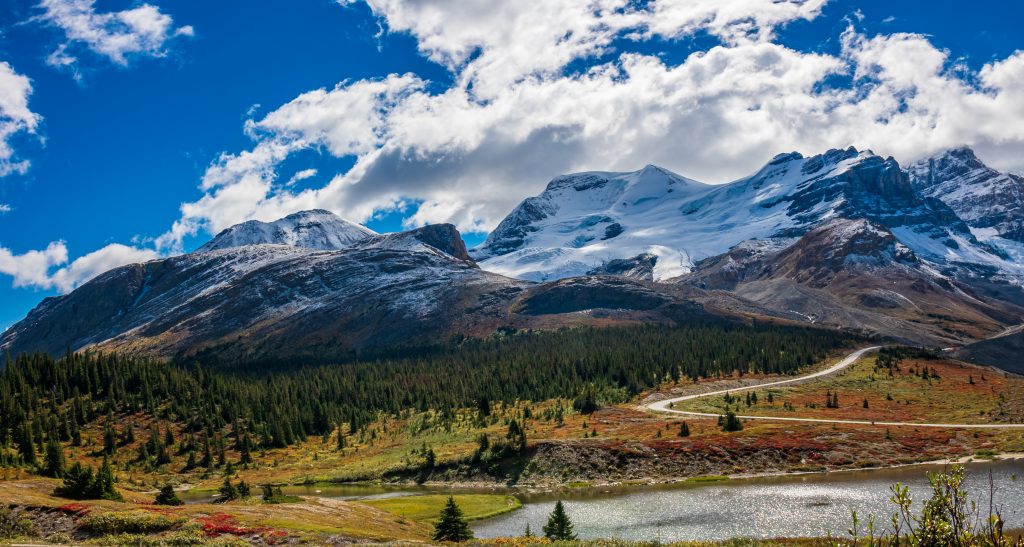
By Air: Calgary International Airport
The most convenient way to reach Jasper National Park is by flying into Calgary International Airport. From there, you can rent a car or take a shuttle service to Jasper. The drive from Calgary to Jasper takes approximately 4 hours and offers breathtaking views of the Canadian Rockies along the way.
By Road: Trans-Canada Highway
If you prefer a road trip, the Trans-Canada Highway provides a scenic route to Jasper National Park. The highway offers stunning vistas and opportunities for wildlife spotting as you make your way through the picturesque Bow Valley. Be sure to stop at viewpoints and pullouts to fully appreciate the beauty of the surrounding landscape.
By Rail: Rocky Mountaineer
For a truly unforgettable experience, consider traveling to Jasper National Park by train. The Rocky Mountaineer offers luxurious train journeys through the Canadian Rockies, allowing you to relax and soak in the panoramic views. The train departs from various cities, including Vancouver and Calgary, and offers different routes and packages to suit your preferences.
Exploring the Town of Jasper
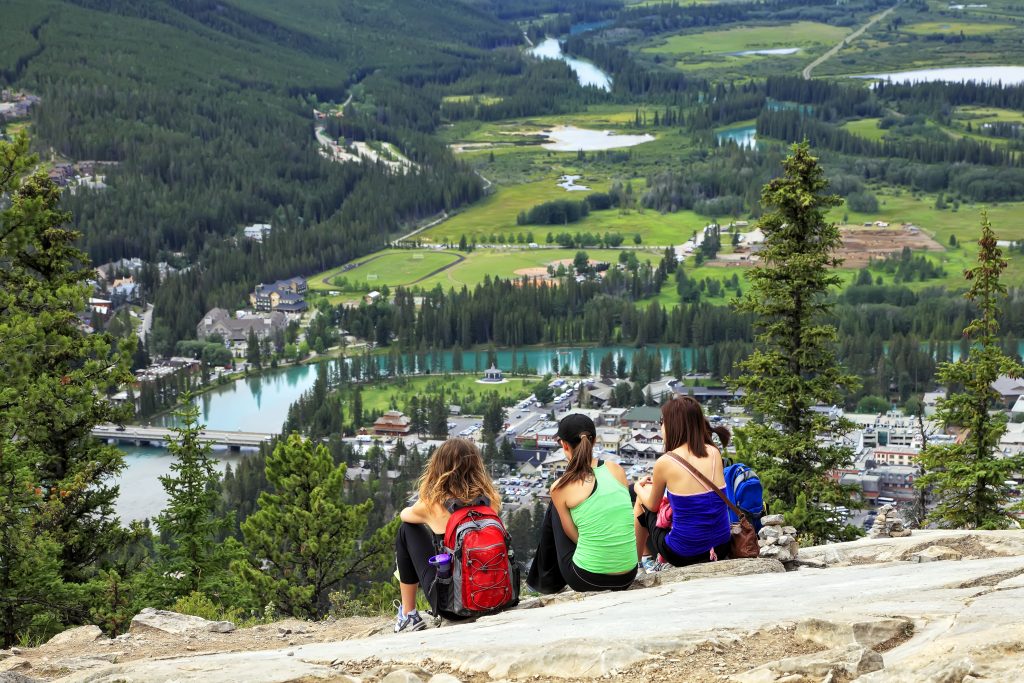
The town of Jasper serves as the gateway to Jasper National Park and offers a range of accommodations, dining options, and outdoor adventure opportunities. Whether you’re looking for a cozy cabin, a luxurious hotel, or a budget-friendly hostel, you’ll find a variety of options to suit your needs.
After settling into your accommodations, take some time to explore the town and discover its charm. Stroll along the main street, where you’ll find a vibrant mix of shops, art galleries, and restaurants. Sample local cuisine, browse unique souvenirs, and immerse yourself in the friendly mountain town atmosphere.
Iconic Landmarks in Jasper National Park
Jasper National Park is home to several iconic landmarks that are not to be missed. These natural wonders showcase the park’s beauty and provide a glimpse into the awe-inspiring landscapes that await you.
Icefields Parkway
One of the most scenic drives in North America, the Icefields Parkway stretches for 144 miles between Jasper and Lake Louise. This breathtaking highway takes you through the heart of the Canadian Rockies, offering panoramic views of towering mountains, sparkling glaciers, and pristine alpine meadows. Along the way, be sure to stop at viewpoints, such as the Columbia Icefield, Peyto Lake, and Athabasca Falls, to fully appreciate the grandeur of this remarkable landscape.
Lake Minnewanka
Situated just outside the town of Banff, Lake Minnewanka is a glacial lake known for its stunning beauty and recreational opportunities. The lake is a popular destination for boating, fishing, and picnicking. You can also take a scenic boat tour to explore the lake and learn about its history and natural features. In the winter months, Lake Minnewanka transforms into a winter wonderland, offering opportunities for ice skating, ice fishing, and snowshoeing.
Johnston Canyon
Located in Banff National Park, but within easy reach from Jasper, Johnston Canyon is a must-visit destination for nature lovers. The canyon features a series of waterfalls and scenic hiking trails that wind through narrow limestone walls. The trail is well-maintained and offers various viewpoints, including a catwalk that takes you right above the rushing waters. Johnston Canyon is especially captivating in the winter when the waterfalls freeze, creating a magical icy wonderland.
Banff Springs Hotel
Perched on a hill overlooking the town of Banff, the Banff Springs Hotel is an iconic landmark and a symbol of luxury in the Canadian Rockies. This grand hotel, often referred to as the “Castle in the Rockies,” offers stunning views of the surrounding mountains and is renowned for its world-class amenities and exceptional service. Even if you’re not staying at the hotel, it’s worth visiting to admire its architecture and explore its grounds.
Wildlife and Nature
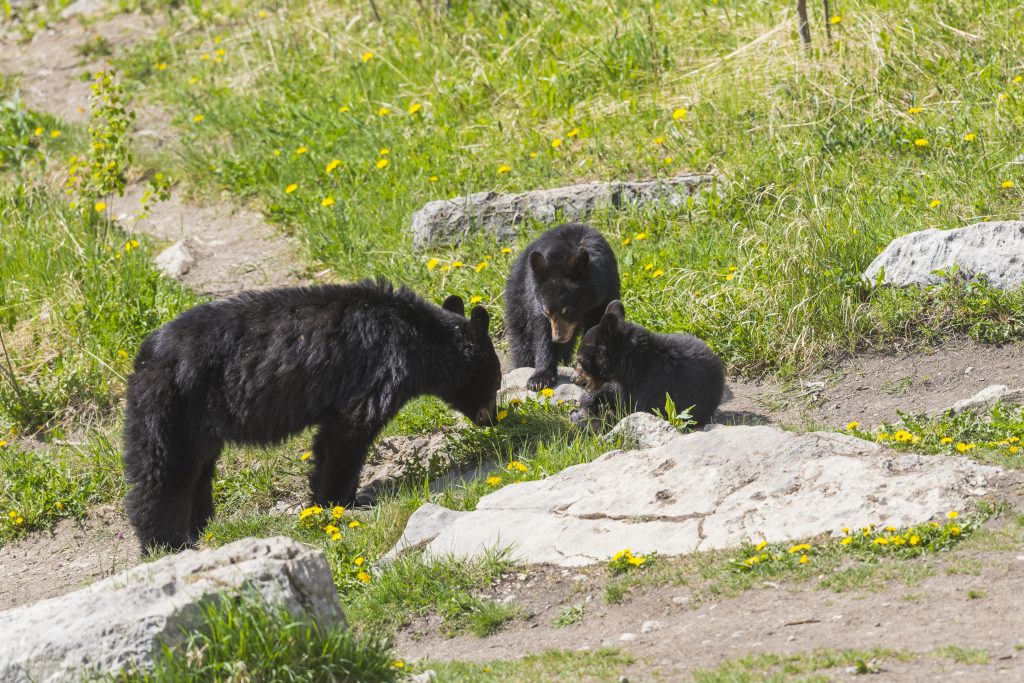
Jasper National Park is teeming with wildlife and boasts a remarkable diversity of flora and fauna. The park provides a sanctuary for a wide range of species, including bighorn sheep, mountain goats, bald eagles, and black bears. Wildlife enthusiasts will have ample opportunities to observe and photograph these magnificent creatures in their natural habitat.
The park’s pristine wilderness is also home to a variety of plant species, from delicate alpine flowers to ancient coniferous forests. As you explore the trails and meadows, keep an eye out for wildflowers, such as Indian paintbrush and glacier lilies, and listen to the melodic songs of the park’s resident bird species.
Outdoor Activities and Adventure
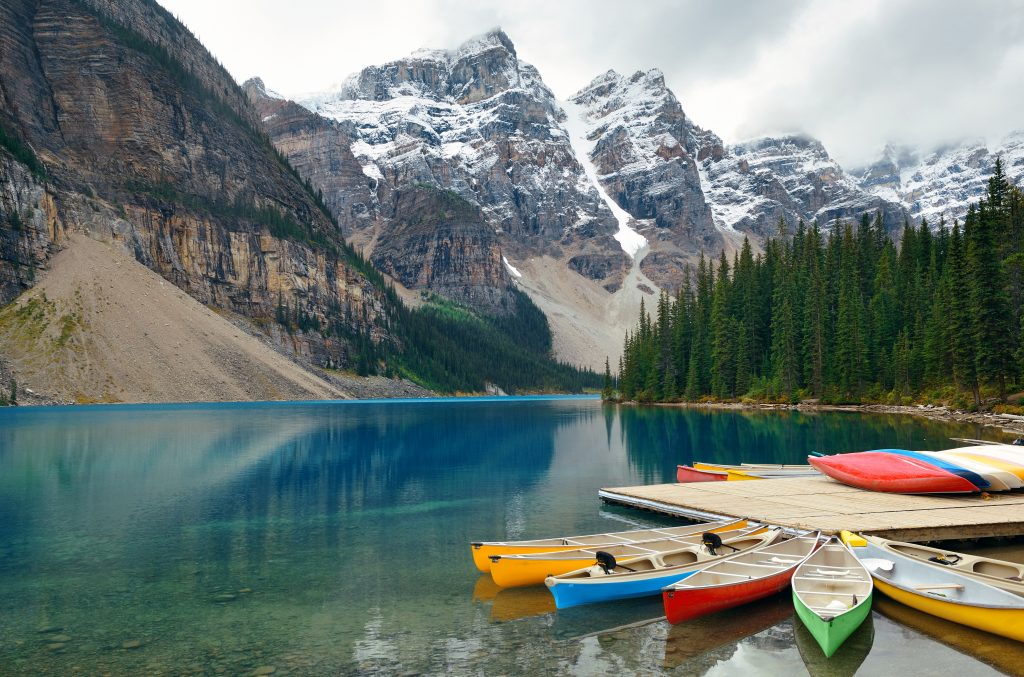
Jasper National Park offers a plethora of outdoor activities and adventure opportunities for visitors of all ages and skill levels. Whether you’re seeking adrenaline-pumping thrills or a peaceful nature retreat, you’ll find plenty of options to choose from.
Hiking and Backpacking
With over 600 miles of hiking trails, Jasper National Park is a paradise for hikers and backpackers. From easy strolls along scenic lakeshores to challenging multi-day treks through remote wilderness areas, there’s a trail for every level of experience. Some popular hikes include the Sulphur Skyline Trail, the Valley of the Five Lakes Trail, and the Skyline Trail. Make sure to check trail conditions and prepare accordingly before embarking on your adventure.
Wildlife Viewing and Photography
For wildlife enthusiasts and photographers, Jasper National Park provides unparalleled opportunities to observe and capture stunning images of animals in their natural habitat. Join a guided wildlife tour or venture out on your own to spot bighorn sheep, elk, moose, and other iconic species. Remember to keep a safe distance and respect the animals’ space to ensure their well-being.
Fishing and Boating
Jasper National Park is a haven for fishing enthusiasts, with numerous lakes and rivers teeming with trout and other fish species. Cast your line into the crystal-clear waters of Maligne Lake or the Athabasca River and indulge in the tranquility of nature. If you prefer a more leisurely experience, rent a canoe or kayak and explore the park’s pristine waterways at your own pace.
Winter Activities
During the winter months, Jasper National Park transforms into a winter wonderland, offering a wide array of activities for snow enthusiasts. Strap on a pair of cross-country skis and glide along groomed trails, or hit the slopes at Marmot Basin, the park’s premier ski resort. Other popular winter activities include snowshoeing, ice skating, and ice climbing. Embrace the magic of the snowy landscape and create unforgettable memories amidst the pristine beauty of the Canadian Rockies.
Scenic Drives and Trails
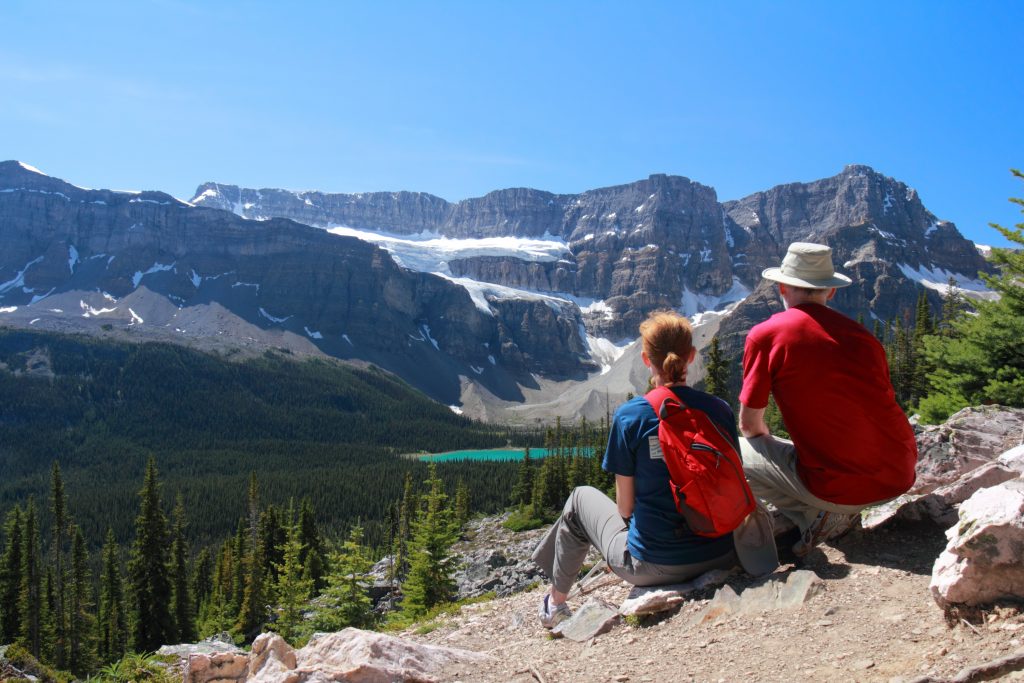
Jasper National Park is renowned for its scenic drives and trails that showcase the park’s natural beauty. Embark on a journey along picturesque routes and immerse yourself in the breathtaking landscapes that surround you.
Maligne Lake Road
Maligne Lake Road is a scenic drive that takes you deep into the heart of the park’s wilderness. The road winds through dense forests, crosses rushing rivers, and offers stunning views of the towering peaks that surround Maligne Lake. Along the way, keep an eye out for wildlife, such as black bears and mountain goats, that often roam near the road.
Sunwapta Falls and Athabasca Falls
Located along the Icefields Parkway, Sunwapta Falls and Athabasca Falls are two of the most spectacular waterfalls in the park. These powerful cascades are a testament to the raw beauty and force of nature. Take a short walk from the parking area to the viewing platforms and feel the mist on your face as you witness the sheer power of the rushing water.
Mount Edith Cavell Road
Mount Edith Cavell Road is a scenic drive that leads to one of the park’s most iconic peaks. As you ascend the road, you’ll be rewarded with breathtaking views of the surrounding mountains and glaciers. At the end of the road, a short hike will take you to the base of the Angel Glacier, where you can marvel at its stunning blue hues and listen to the sounds of the ice cracking.
Cultural and Historical Sites
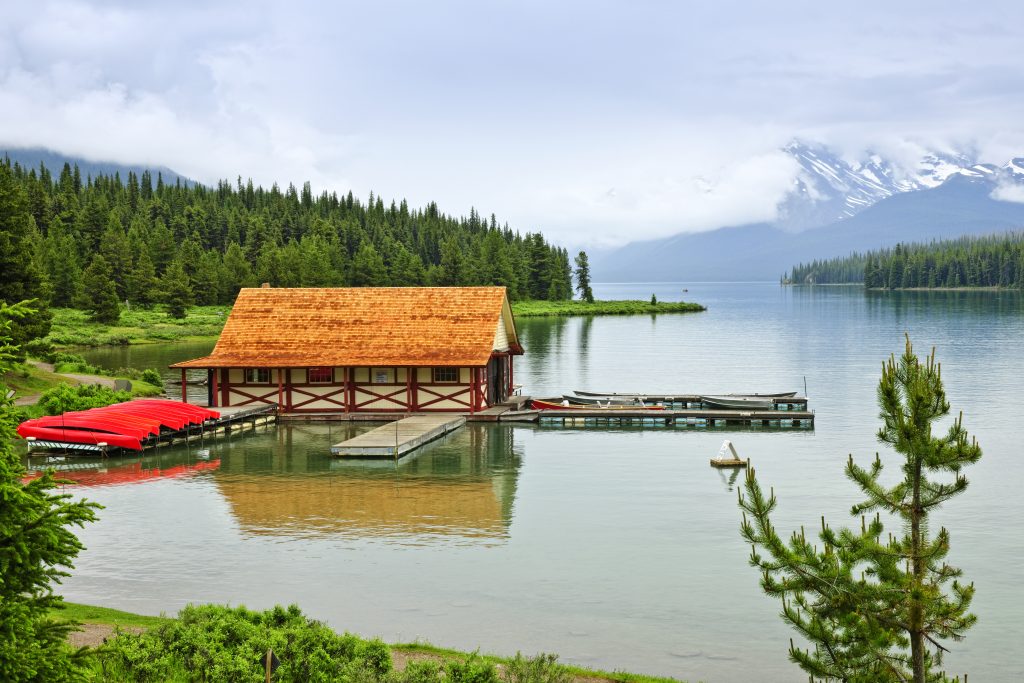
Jasper National Park is not only a haven for nature enthusiasts but also a place rich in cultural and historical significance. Explore the park’s cultural heritage through its museums, cultural events, and indigenous connections.
Jasper-Yellowhead Museum and Archives
Located in the town of Jasper, the Jasper-Yellowhead Museum and Archives offers a fascinating glimpse into the region’s history and cultural heritage. Explore exhibits showcasing the area’s Indigenous heritage, early explorers, and the development of the national park. The museum also hosts various events and programs throughout the year, providing visitors with an opportunity to learn and engage with the local community.
Jasper Heritage Rodeo
Experience the spirit of the Canadian West at the Jasper Heritage Rodeo, held annually in the summer months. Watch as cowboys and cowgirls showcase their skills in barrel racing, bull riding, and roping events. Immerse yourself in the lively atmosphere, indulge in delicious local cuisine, and learn about the history and traditions of the region’s ranching culture.
Indigenous Connections
Jasper National Park has a deep connection with Indigenous peoples who have inhabited the area for thousands of years. Take the time to learn about their traditions, cultural practices, and the importance of the land in their lives. Participate in guided tours and cultural events that provide insights into Indigenous history and contemporary issues, fostering a greater understanding and appreciation for their rich heritage.
Best Time to Visit Jasper National Park
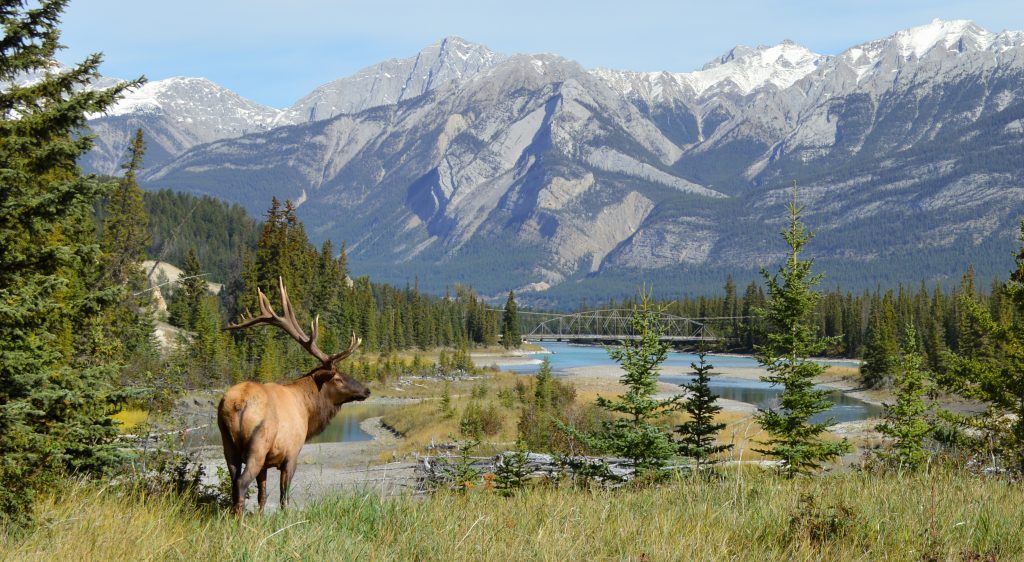
Jasper National Park offers a unique experience throughout the year, with each season showcasing its own beauty and charm. The best time to visit depends on your preferences and the activities you wish to engage in.
Summer Months (June to August)
The summer months are the peak tourist season in Jasper National Park, with warm temperatures and long daylight hours. This is the perfect time for hiking, camping, wildlife viewing, and exploring the park’s scenic trails. However, be prepared for crowds and make sure to book accommodations and activities in advance.
Winter Months (December to February)
Winter in Jasper National Park transforms the landscape into a magical winter wonderland. The park receives abundant snowfall, creating opportunities for skiing, snowshoeing, ice climbing, and other winter activities. The winter months offer a quieter and more serene experience, with fewer crowds and a chance to witness the park’s pristine beauty in a unique setting.
Tips for a Memorable Visit
To make the most of your visit to Jasper National Park, consider the following tips:
Safety Guidelines and Leave No Trace Principles
Before embarking on any outdoor activities, familiarize yourself with safety guidelines and Leave No Trace principles. Respect wildlife and their habitats, pack out all trash, and follow designated trails and camping regulations. It is essential to prioritize the preservation and protection of the park’s natural resources.
Visitor Centers and Guided Tours
Make use of the visitor centers located throughout the park, where you can obtain maps, information, and guidance from knowledgeable park staff. Consider joining guided tours or hiring local guides who can provide insights into the park’s history, wildlife, and hidden gems. They can enhance your experience and help you discover the park’s hidden treasures.
Camping and Accommodations
Jasper National Park offers a range of camping options, from backcountry camping to front-country campgrounds with various amenities. If you plan to camp, make reservations well in advance, especially during the peak summer months. For those seeking more comfort, there are numerous accommodations available in the town of Jasper, ranging from cozy lodges to luxurious resorts.
Conclusion
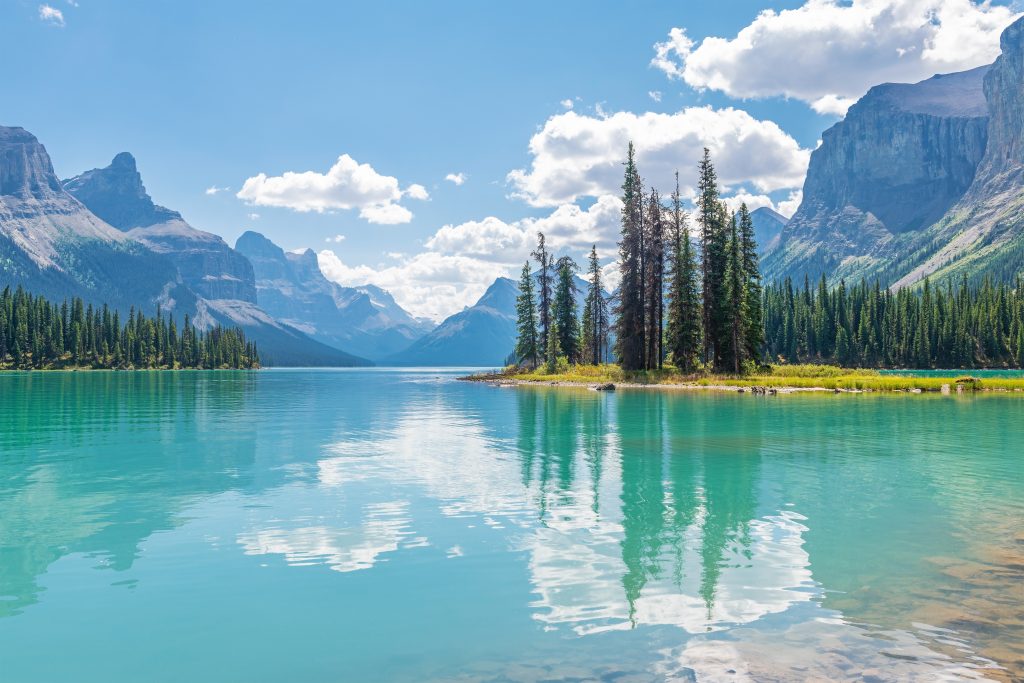
Embark on a captivating journey through the pristine wilderness of Jasper National Park, nestled in the heart of the Canadian Rockies. This majestic destination boasts glacial lakes, towering peaks, and abundant wildlife, making it a haven for outdoor enthusiasts and nature lovers. Explore diverse landscapes, from the deep teal waters of Moraine Lake to rugged mountain ranges. Learn about the rich history and complex Indigenous connections at national historic sites, including those of the Piikani and Goodstoney First Nations. Spot grizzly bears and bald eagles in their natural habitat, and hike along nature trails while respecting the spirit of respect for this sacred place. Whether you’re relaxing in a hotel room or embarking on glacier hikes, Jasper National Park offers the perfect setting. Plan your visit with careful consideration, utilizing the Parks Canada Discovery Pass for access to year-round experiences in this crown jewel of Banff National Park. From admiring jagged peaks to unwinding in natural hot springs, Jasper has it all – a remarkable destination for your next adventure.
Read Next: 5 Questions to Make Your Next Trip to Canada Unforgettable